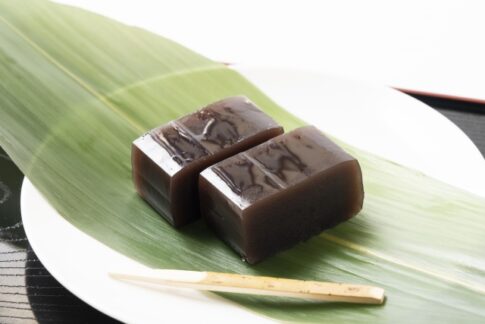Hello everyone. In this issue, I would like to focus on soybeans in Japan. Soybeans are deeply connected to Japanese food culture, but what kind of history and culture exists behind them? Let’s take a look together.
Contents
Origin and History of Soybeans
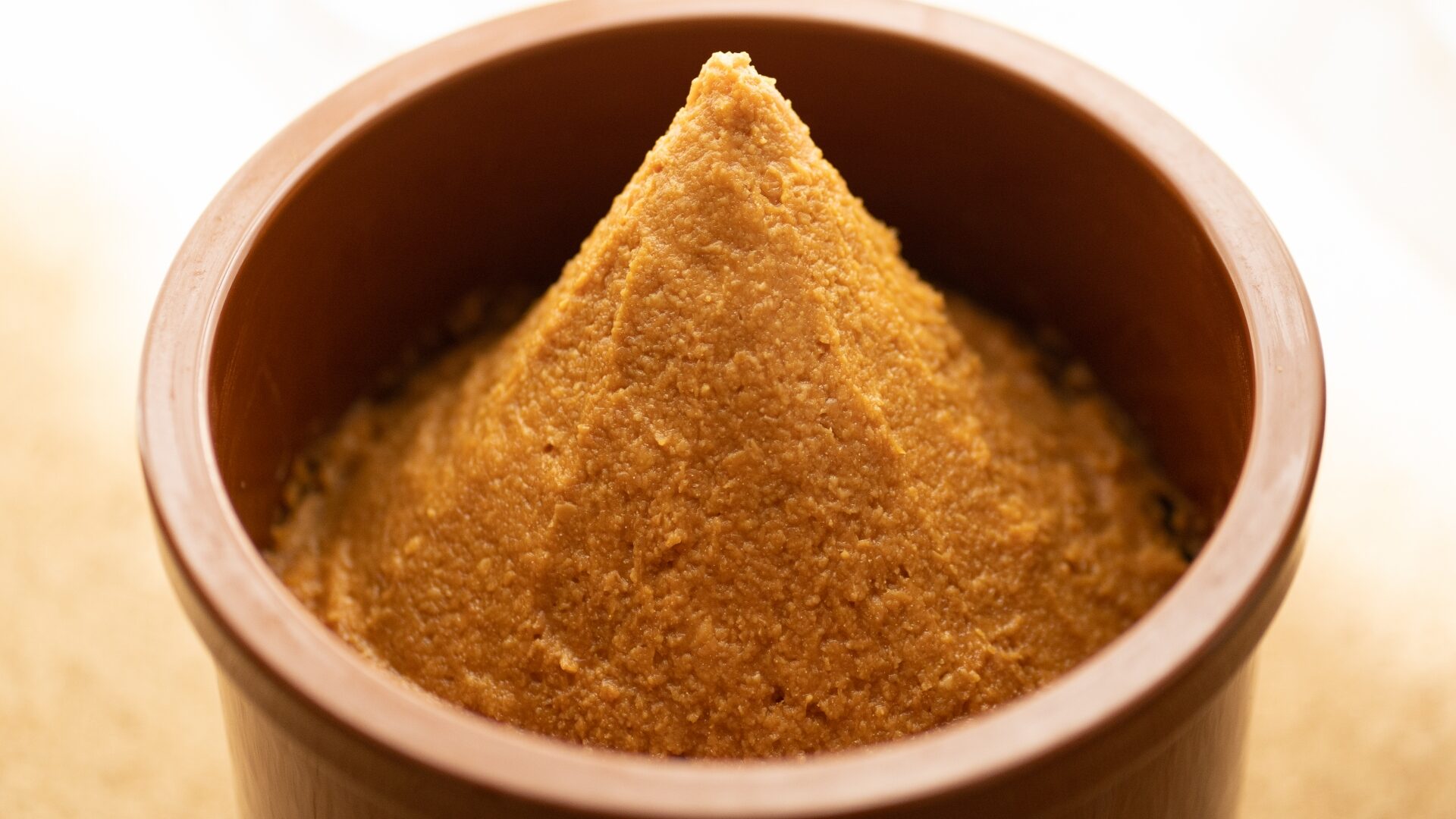
First, let’s look at the history of soybeans. Soybeans have been an integral part of the Japanese diet since ancient times. What do you think is the reason for this?
It is because soybeans have high nutritional value and can be used in a wide variety of dishes. Tofu, natto, miso, and other foods made from soybeans are a staple of the Japanese diet.
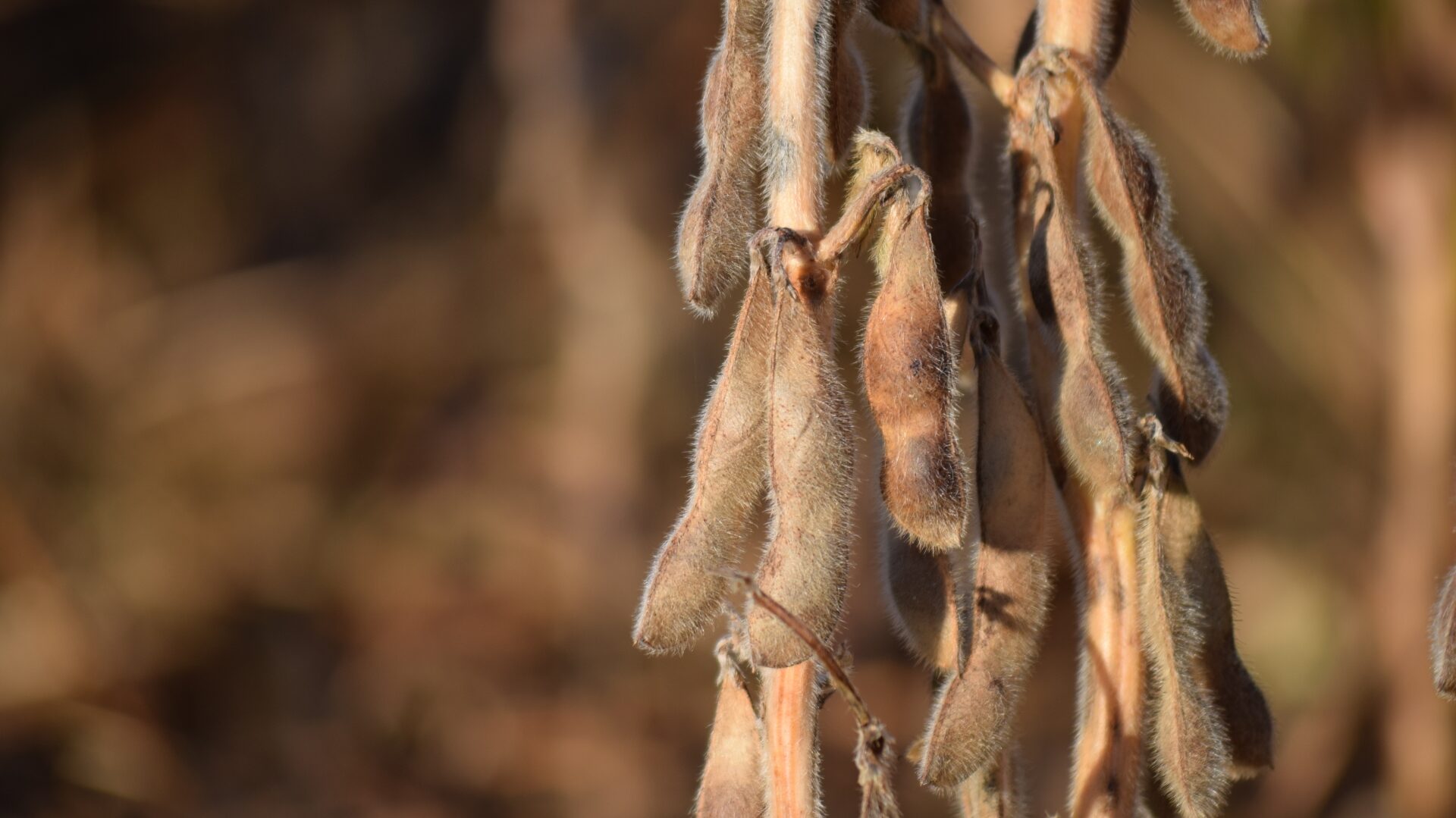
Soybeans are native to East Asia, and its original species, the common bean, is widely distributed in Japan, China, and Korea. Genetic studies indicate that the cultivation of the bean has progressed from the wild variety in several regions of East Asia, and Japan is believed to be one of the places of origin.
Soybean cultivation has been seen in the Japanese archipelago since the mid-Jomon period, late 4000 B.C., and after this period, there is an increase in seed size characteristic of artificial cultivation from wild species.
Soybeans and Japanese Food Culture
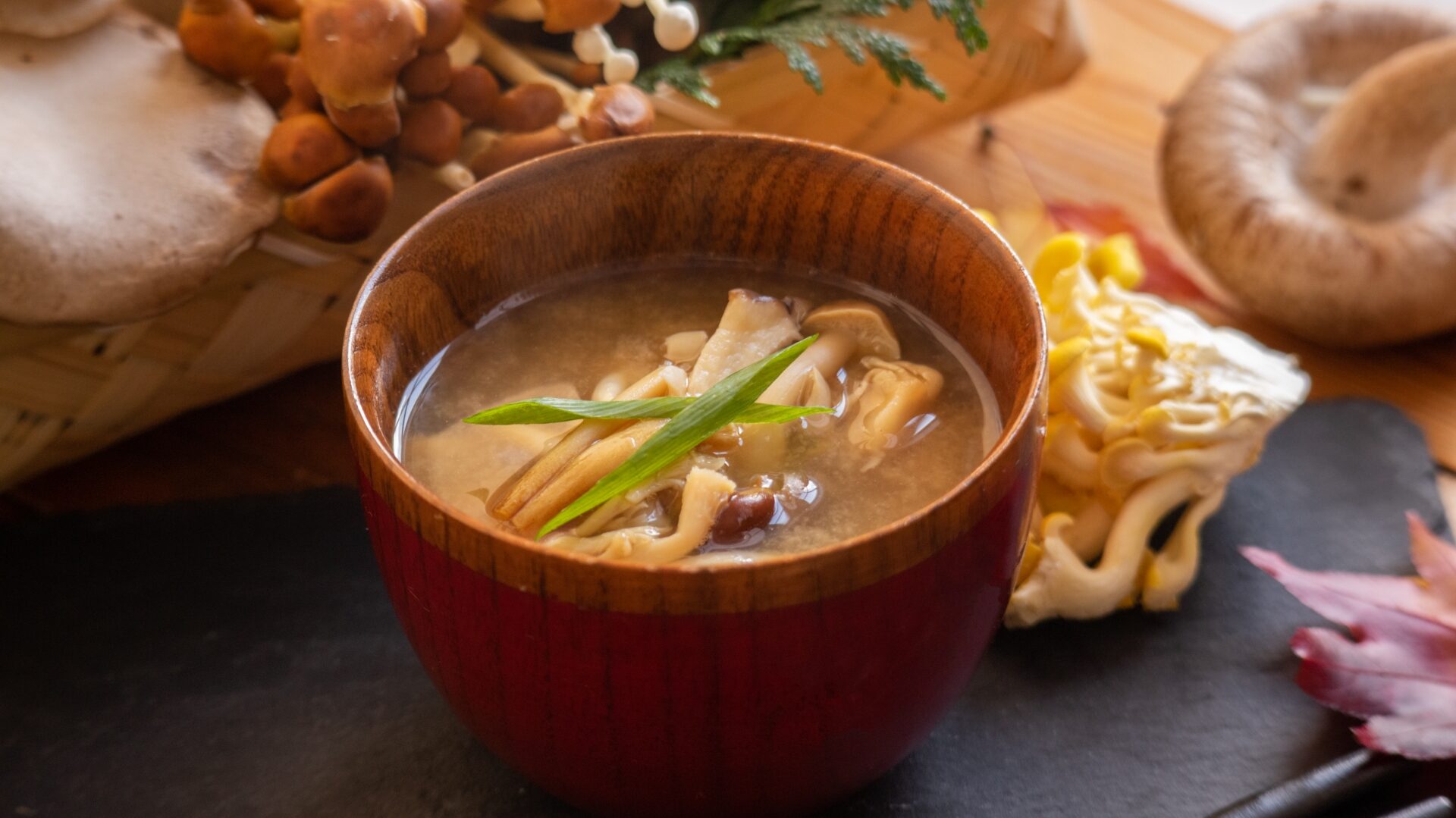
Next, let us consider how soybeans have influenced Japanese culture. Soybeans are not just a foodstuff, but are also deeply involved in traditional Japanese events such as Shinto rituals and festivals. Mamemaki (bean-throwing ceremony) during Setsubun is one example. It is meant to ward off evil spirits.
Here, I would like to pose one question to you. What is your favorite Japanese dish using soybeans? And why? Let us know your opinions in the comments section.
The Future of Soybeans
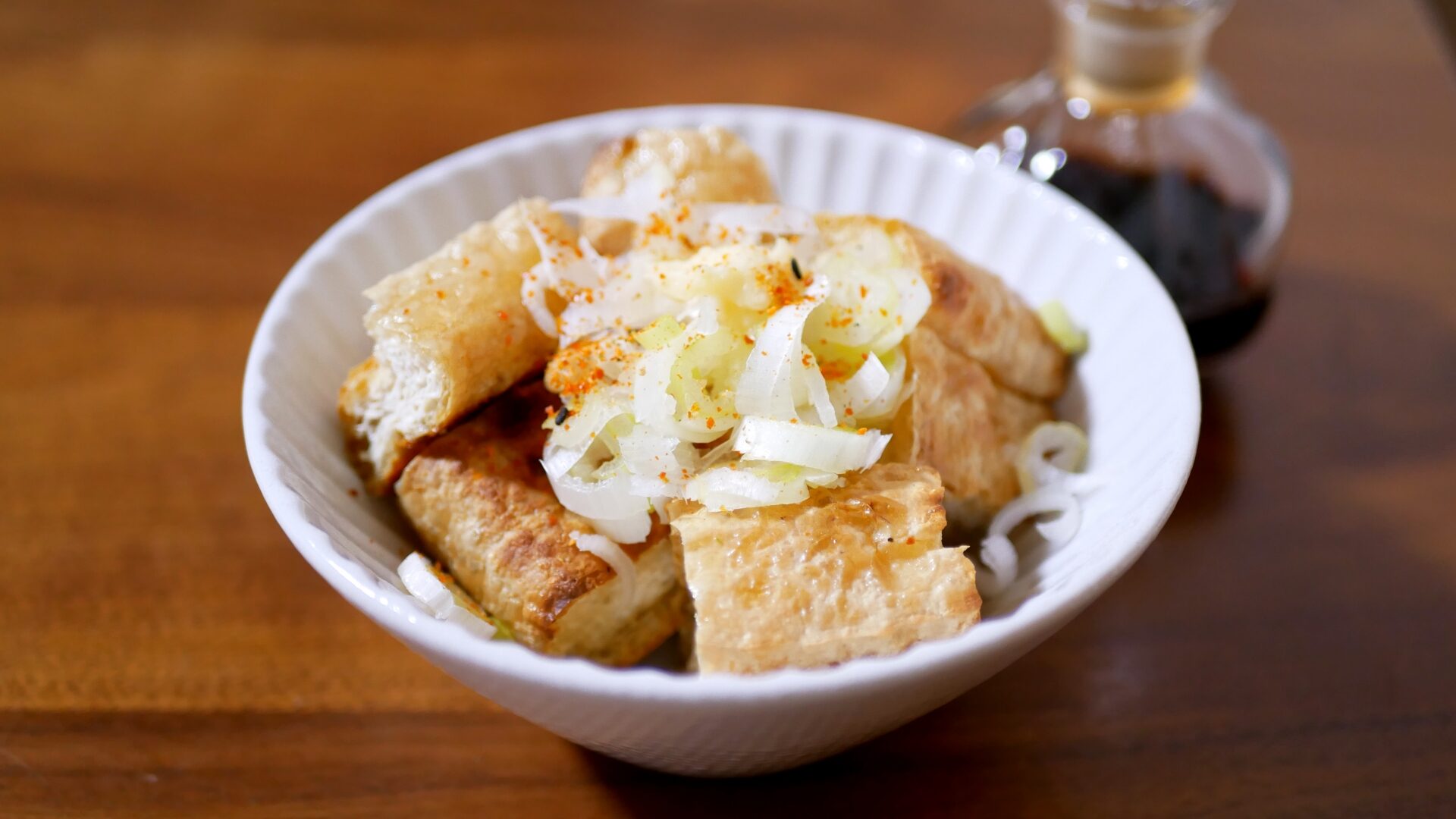
Finally, let’s consider the future of soybeans. Soybeans are gaining worldwide attention as their value as a health food is being reevaluated. Japanese soybeans are also popular overseas because of their high quality. Soybeans will continue to support Japan’s food culture.
Soybean Cultivation and Utilization
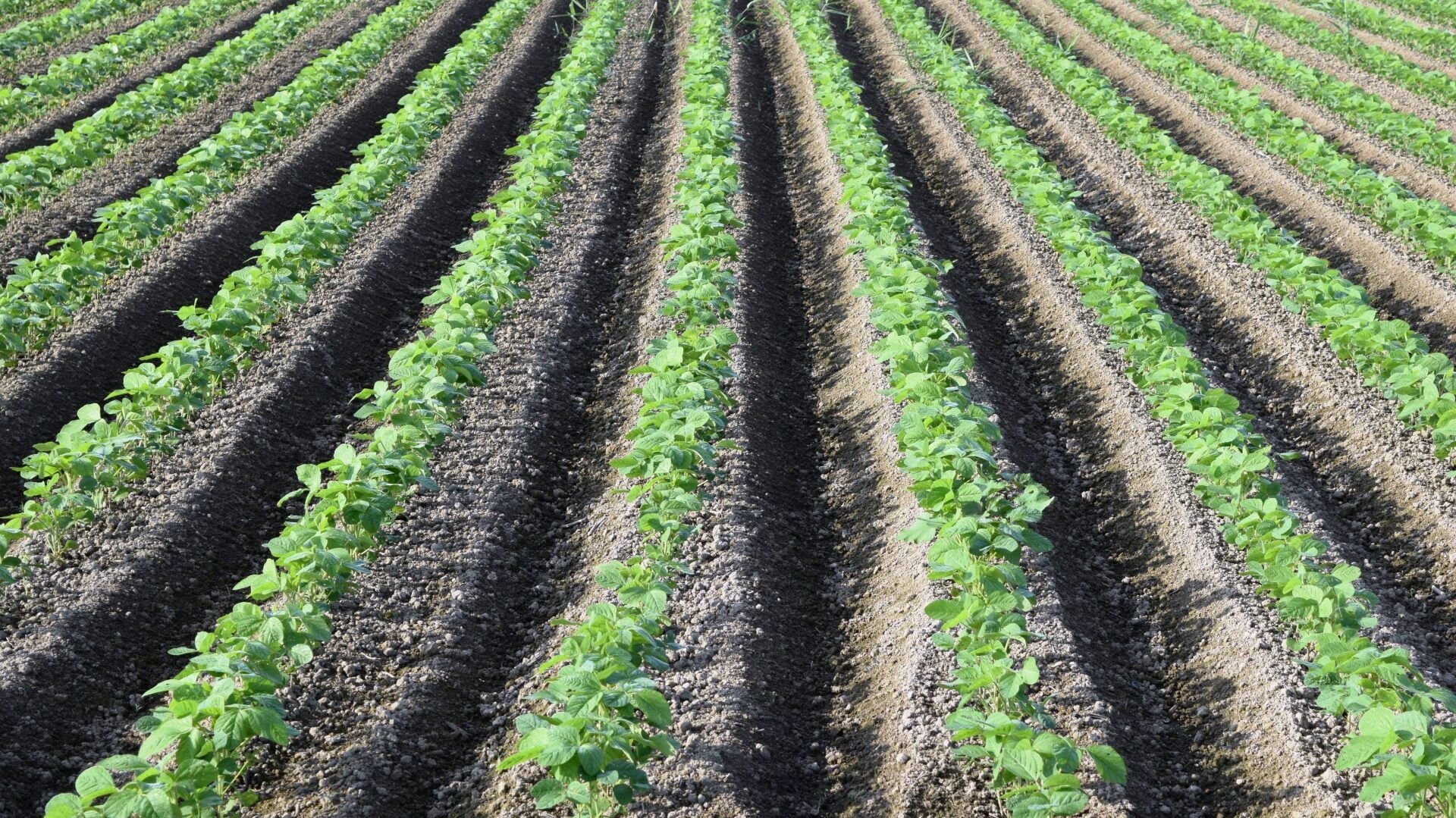
Furthermore, soybeans are also called “meat of the field” due to their rich protein content, and are used not only for food, but also as a raw material for oil extraction and animal feed.
Soybeans also have the ability to symbiose with rhizobium bacteria and convert atmospheric nitrogen into plant-friendly ammonia, which allows them to grow well on land with little fertilizer.
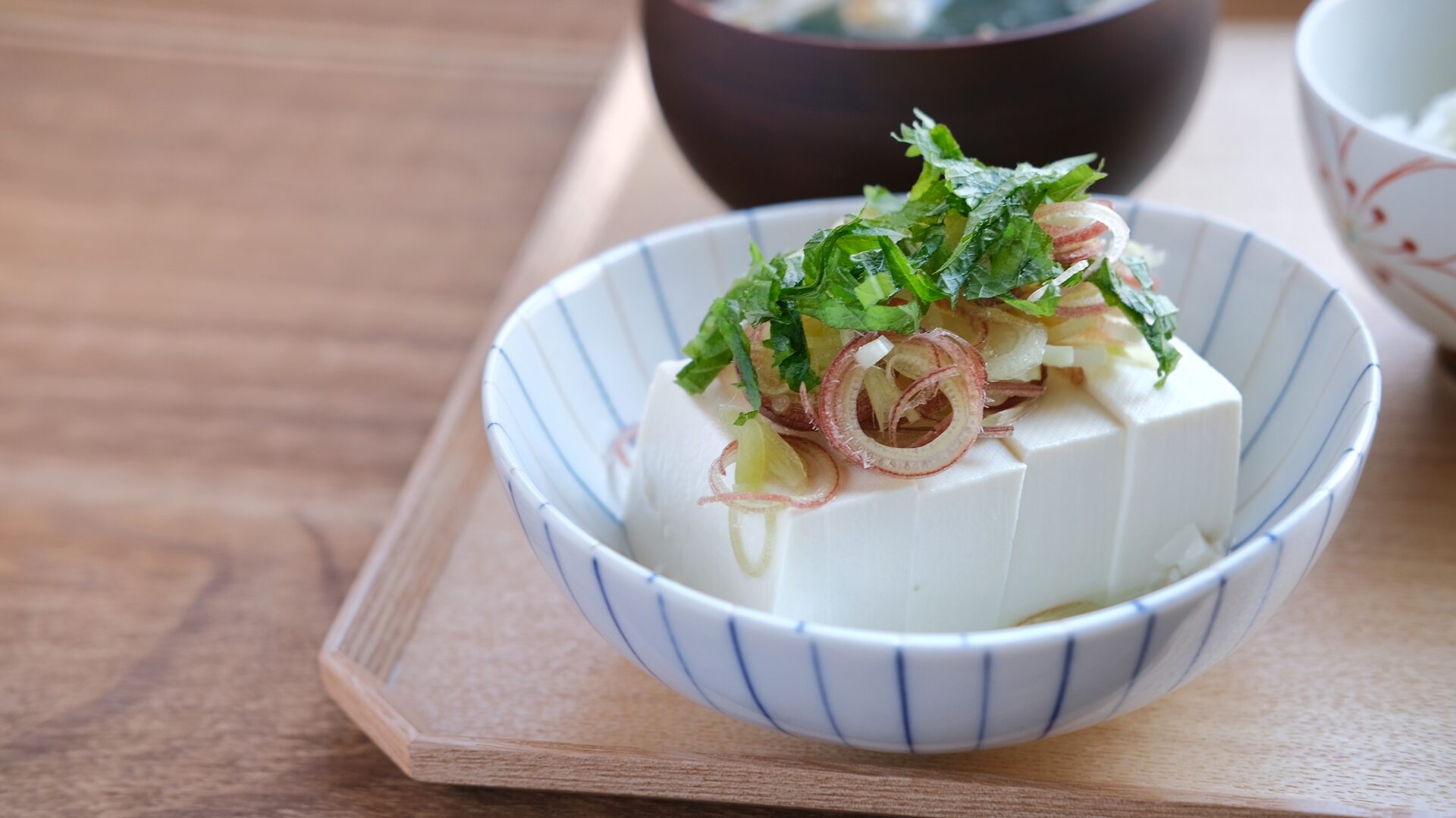
However, there is a problem with soybean cultivation: row crop failure. This is a phenomenon in which continuous cultivation of soybeans on the same land causes an imbalance of nutrients in the soil, resulting in a decrease in yield. Therefore, crop rotation is recommended for soybean cultivation.
Summary
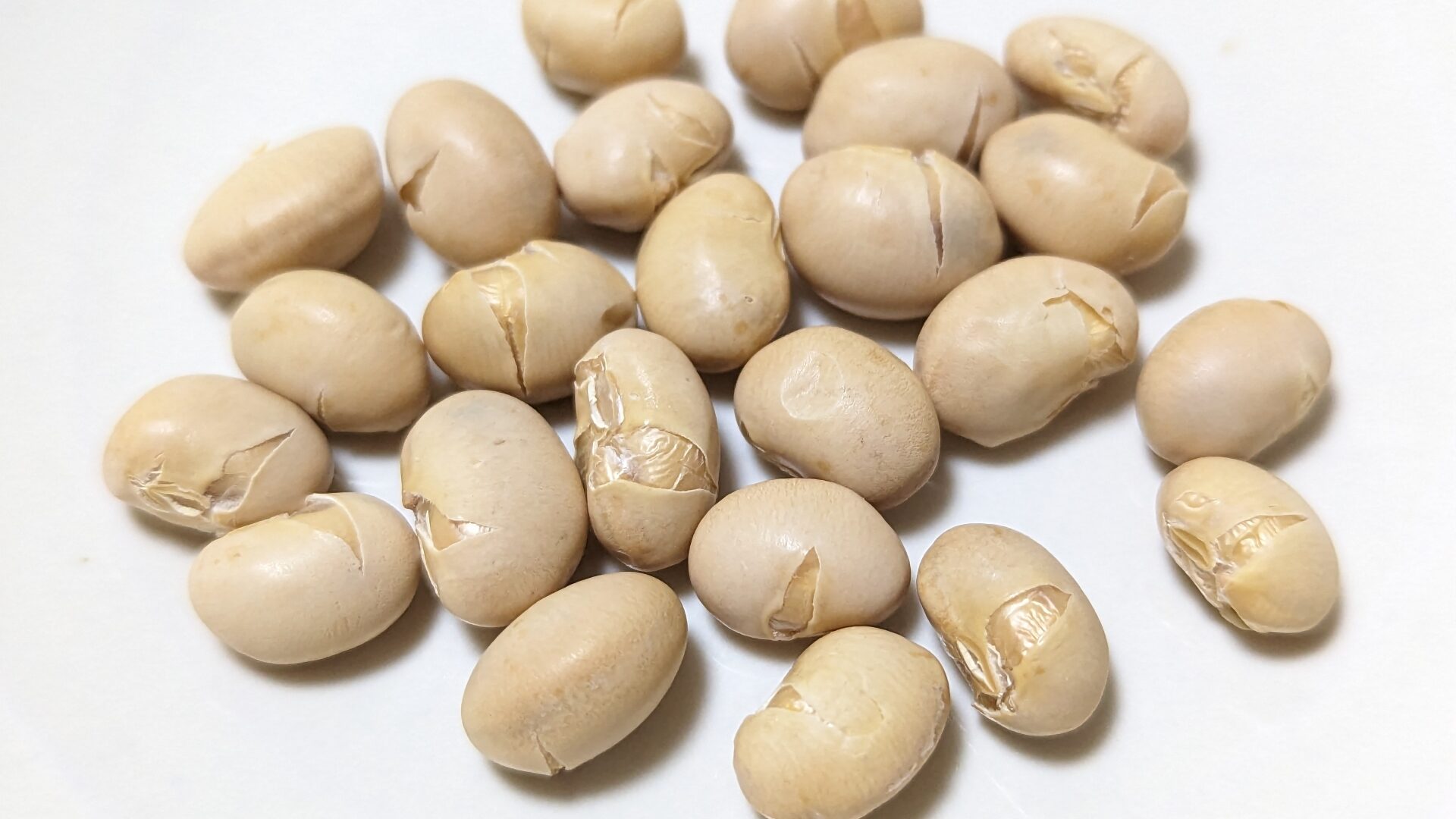
What did you think about soybeans in Japan? Would you like to learn more about Japanese food culture and traditions? In my website, I will explain more about traditional Japanese culture. Enjoy!



